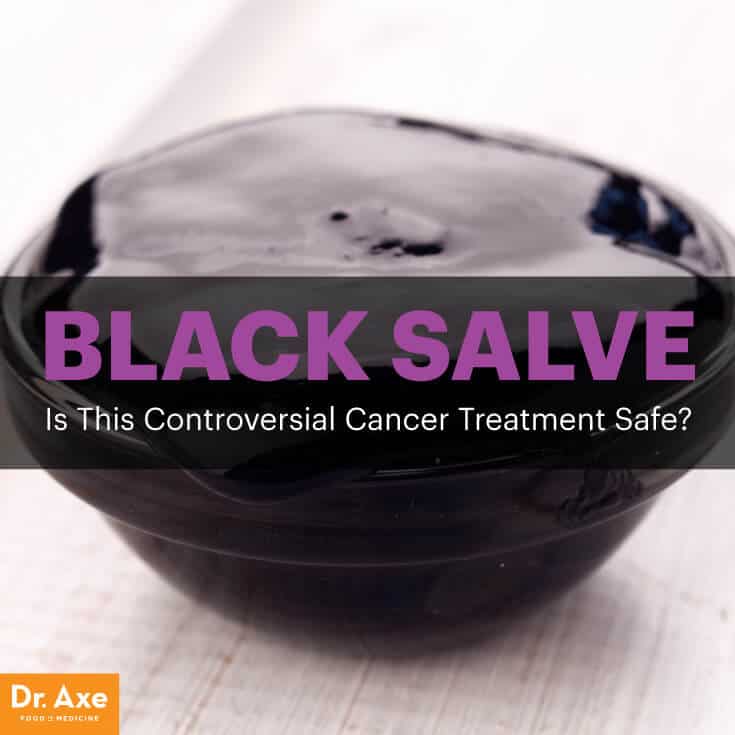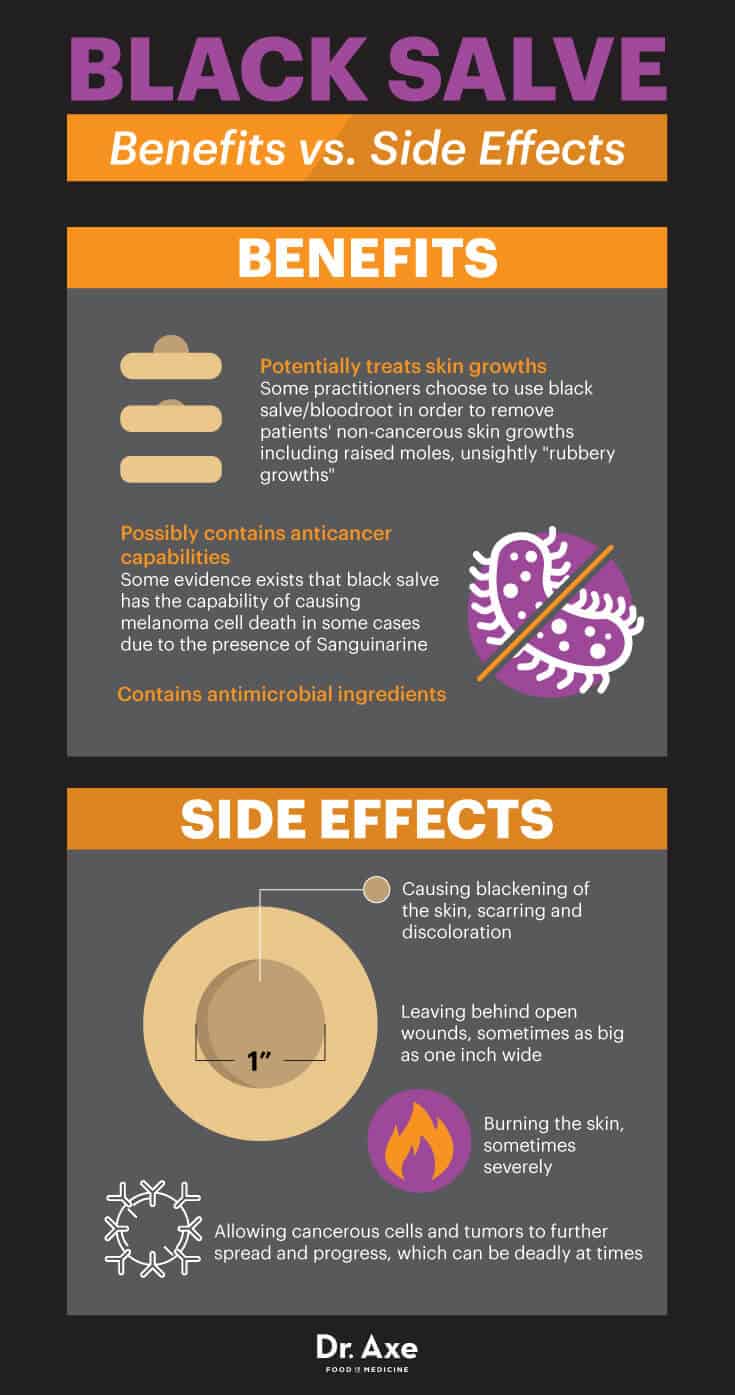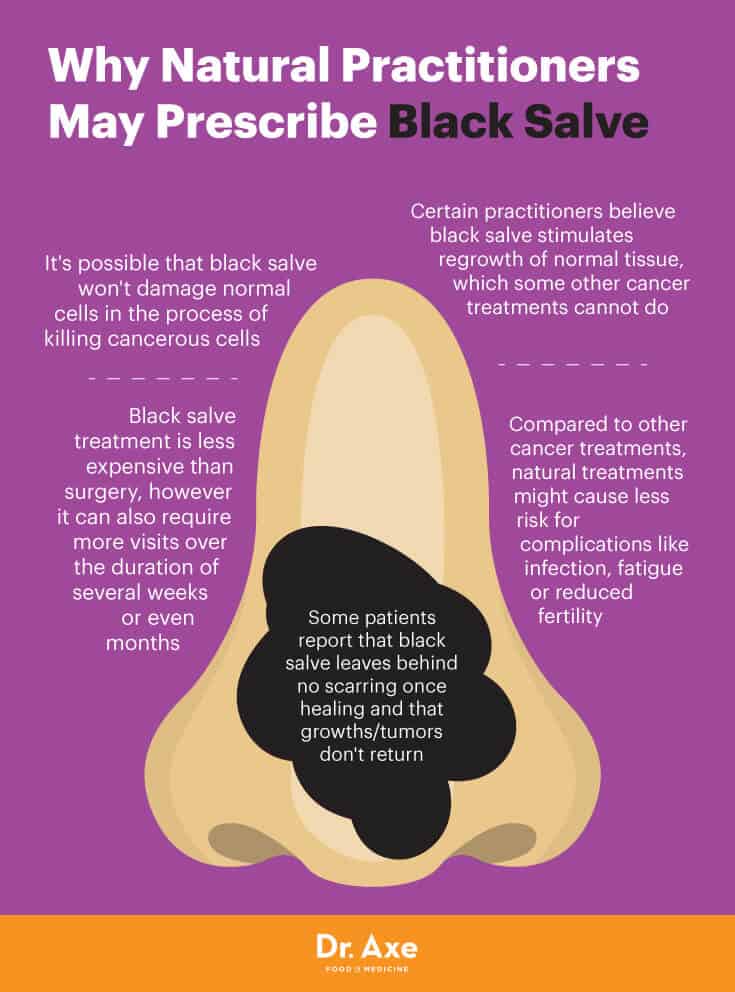This Dr. Axe content is medically reviewed or fact checked to ensure factually accurate information.
With strict editorial sourcing guidelines, we only link to academic research institutions, reputable media sites and, when research is available, medically peer-reviewed studies. Note that the numbers in parentheses (1, 2, etc.) are clickable links to these studies.
The information in our articles is NOT intended to replace a one-on-one relationship with a qualified health care professional and is not intended as medical advice.
This article is based on scientific evidence, written by experts and fact checked by our trained editorial staff. Note that the numbers in parentheses (1, 2, etc.) are clickable links to medically peer-reviewed studies.
Our team includes licensed nutritionists and dietitians, certified health education specialists, as well as certified strength and conditioning specialists, personal trainers and corrective exercise specialists. Our team aims to be not only thorough with its research, but also objective and unbiased.
The information in our articles is NOT intended to replace a one-on-one relationship with a qualified health care professional and is not intended as medical advice.
Black Salve: Is This Controversial Cancer Treatment Safe?
October 17, 2016

Black salve is the name for a group of topical pastes and plasters known as escharotics that are considered very controversial cancer treatments in mainstream medicine. Although one black salve ingredient called bloodroot is sometimes used by certain dermatologists in the treatment of skin cancer (part of a practice called Mohrs surgery), the effectiveness and safety of these products are still mostly up for debate.
In conventional medicine practices, cancer is commonly treated using somewhat aggressive methods, including surgery or radiation, especially when the cancer has progressed and other methods, such as applying topical formulas, are not powerful enough. Many cancerous skin growths, including cases of melanoma, require at least one surgery (sometimes even extensive surgery) in order to remove all cancerous cells and prevent the condition from worsening. Rather than turning to surgery, those using black salve paste hope to burn off or “draw out” cancerous cells naturally through the skin.
The issue surrounding black salve for the treatment of cancer is that it’s never actually been proven to work and often misleads patients. To be fair, there have been reports of black salve formulas helping naturally treat cancerous growths as well as other skin conditions. However, it’s critical that any potential case of cancer be properly medically diagnosed and treated, and that existing cases be monitored.
As you’ll learn from past experiences of others, black salve can pose many risks, including leaving behind serious burns, open wounds and scars. While there are other natural and surgery-free ways you can improve immunity against cancer and help overcome this disease, this might be one treatment option you choose to avoid.
What Is Black Salve?
Black salve is the name used for a group of natural corrosive agents, sometimes called escharotics. One brand name for a black salve product sold online is Cansema. The types of cancers most often treated with black salve ingredients — including bloodroot, which is sometimes referred to as black drawing salve — are basal and squamous skin cell carcinomas. These cancers are commonly located on patients’ faces and can cause growths, marks or tumors on the eyes, nose, lips and scalp.
Other patients have turned to black salve in order to treat cervical dysplasia, a precancerous condition picked up by pap smears that’s believed to be caused most often by the human papillomavirus (HPV). According to a report by Science-Based Medicine, proponents of black salve have claimed that this treatment can “selectively kill abnormal cells of the cervix while leaving healthy cells unaffected,” but again, there isn’t much evidence this is true. (1)
In addition to treating cancer, black salve drawing paste is used by some to dissolve other benign types of skin growths or warts, along with even internal tumors in some cases. Black salve formulas are usually applied in one of two ways:
- Applied to the top of the skin — This method is used to dry, burn and erode growths or tumors.
- Applied over internal tumors — The hope is that the ingredients are absorbed through the skin into the bloodstream and therefore help detoxify the body, drawing out toxins that can contribute to tumor formation or growth.
How Black Salve Works: Key Facts and Chemical Composition
The strength, effectiveness and risks associated with using black salve depend on the specific formula. Ingredients vary, but most include a type of zinc called zinc chloride along with powdered bloodroot, derived from the bloodroot plant (Sanguinaria canadensis).
Records show that similar erosive formulas have been used to heal unwanted skin conditions for hundreds of years, but black salve didn’t make its way into mainstream medicine until around the 1930s when a doctor named Dr. Fred Mohs started using a similar formula on the skin of his patients prior to surgery. Despite being accepted by some doctors and dermatologists, “no controlled clinical trial has yet been published demonstrating any relevant clinical efficacy of black salve,” according to researchers from the School of Medicine at the University of Queensland, Australia. (2)
The rational behind using zinc and bloodroot on the skin is that together they form a thick, dry scab called an eschar. The ingredient zinc chloride is an especially powerful escharotic, often used to treat recurrent ulcers and help break up abnormal or harmful bone spurs/growths.
Bloodroot is a perennial flowering plant native to northeastern part of the U.S. It contains a red liquid (which some say is poisonous) that thickens to a paste when left to dry. The primary active ingredient found in bloodroot is a type of benzylisoquinoline alkaloid, which is the collective term for related molecules that are used in hundreds of different medications, such as painkillers and prescription narcotics like morphine and codeine. Within bloodroot, one particularly beneficial alkaloid has been identified called sanguinarine.
It’s been found that bloodroot also contains certain antimicrobial compounds, and some small studies have even shown that it might in fact act like a natural anticancer agent under certain circumstances.

Black Salve Side Effects and Precautions to Consider
Although black salve has some potential anticancer and antimicrobial properties according to a small number of studies, serious side effects of black salve that have been reported by doctors and patients. These include:
- Burning the skin, sometimes severely
- Leaving behind open wounds, sometimes as big as one inch wide
- Causing blackening of the skin, scarring and discoloration
- Allowing cancerous cells and tumors to further spread and progress, which can be deadly at times
One case study published in 2014 in Dermatology Practical & Conceptual reported on a woman diagnosed with melanoma on her calf who declined to undergo surgery recommended by her doctor and decided instead to purchase black salve via the Internet. She applied the black salve paste to the site of melanoma under a closed dressing for roughly 24 hours.
Although the woman was led to believe that black salve would naturally help cure her skin cancer, authors of the study found that five years later when she returned to her doctor the metastatic tumor had spread to the lymph nodes and then her lungs, liver, scalp, and other subcutaneous tissues and musculature. Aside from not stopping her cancer from spreading, the patient also reported initially suffering from inflammation, ulceration and pain due to a wound forming after using black salve. The wound she developed took up to eight weeks to scab and heal, plus she wound up forming several additional dense nodule/lesions that did need to be removed surgically after all. (3)
Another case study with scary findings was published in 2014 in the Medical Journal of Australia. Authors reported on one Australian man who used a bloodroot black salve on a lesion he suspected might be cancerous, causing a severe wound in his head that enlarged to one inch in diameter. (4)
Potential Benefits of Black Salve
1. Has Been Used to Treat Skin Growths
Some practitioners choose to use black salve/bloodroot in order to remove patients’ non-cancerous skin growths, including raised moles, unsightly “rubbery growths” and skin tags. There is evidence that certain indigenous Native Americans used bloodroot to naturally treat warts, polyps and moles prior to the invention of more advanced treatment options.
Dr. Andrew Weil has even reported that he’s been successful in using bloodroot to reduce growths on his patients’ necks, armpits, groins, eyelids and other body folds. According to Weil, “The red juice from the bloodroot is poisonous when taken internally but when used externally has a unique ability to dissolve superficial skin growths without disturbing normal tissue.” (5)
There has not been much evidence published in medical literature showing that bloodroot juice can safely dry up skin growths and prevent them from returning — however, anecdotal evidence exists that this has been a traditional folklore practice for many centuries. Although it may work in some cases, black salve’s effects on skin growths might not be worth the risk, since a simple visit to a dermatologist office may safely offer the same results.
2. Might Potentially Have Some Anticancer Capabilities
Some evidence exists that black salve has the capability of causing melanoma cell death in some cases due to the presence of sanguinarine. A 2013 study published in the European Journal of Pharmacology showed that sanguinarine causes cell death through selective oxidative damage.
Sanguinarine is found in other fumaria plant species and is known to have a broad spectrum of pharmacological properties that kill human melanoma cells, including altering calcium concentrations within cancerous cells and cutting off their energy supply at the mitochondria. The authors of the study also found that pretreatment with the antioxidant glutathione further helped the anti-melanoma activities of sanguinarine.
Overall, the researchers concluded that their data indicates “sanguinarine is a very rapid inducer of human melanoma caspase-dependent cell death that is mediated by oxidative stress.” However, other experts still warn there isn’t strong enough evidence to safely recommend it at this time. (6)
Proponents of black salve for treating cancerous cells caused by the HPV virus also point to one case study in which a woman refused the conventional recommendation of loop electrosurgical excision procedure and chose to receive escharotic treatment instead. The patient received black salve at a frequency of two treatments per week for five weeks (10 treatments in total) along with supplementing with vitamins and botanicals recommended by her naturopath. Significant improvements were observed in follow-up pap smears, which lasted for at least five years following treatment in which the patient was monitored. (7)
3. Contains Antimicrobial Ingredients
Research published in 2014 by the Institute of Pharmacy and Molecular Biotechnology at Heidelberg University showed that sanguinarine can potentially overcome multi-drug antibiotic-resistant pathogens just as well as antibiotics usually can. The study tested results of three individual compounds — sanguinarine, a chelator called EDTA and an antibiotic called vancomycin— in addition to a combination of the compounds for the treatment of antibiotic-resistant bacteria. The substances were evaluated for treatment of 34 strains of bacteria, all of which were found to be resistant to the standard antibiotic vancomycin. Sanguinarine, however, was found to have strong activity against all of the resistant bacterial strains and demonstrated results comparable to that of standard antibiotics. (8)
On the other hand, some studies have found contradictory results. A study from the 1990s testing sanguinarine against bacteria responsible for dental problems like gingivitis found that it had no effects above those of a placebo. (9)

So Should You Use Black Salve?
At this time, the American Congress of Obstetricians and Gynecologists and the American Cancer Society do not advocate for using escharotic treatment in order to treat cancerous cells. They have not spoken out against black salve use on their websites but have also not supplied any evidence that it works and is safe. The American Academy of Dermatology (AAD) warns against use of black salve on its website. (10) The AAD has found that the vast majority of patients who use the home remedy black salve do so without even talking to a dermatologist first, which is very risky.
Since black salve treatments have become somewhat popular in Australia over the past several decades, the Australian Government chose to issue a warning against the product and stated: “The TGA is not aware of any credible, scientific evidence which shows that any black or red salve preparation is effective in treating cancer.” (11)
Because other precancerous or cancerous treatments have been shown to have high success rates (such as biopsies for basal and squamous cell skin cancers or loop electrosurgical excision procedures used to stop progression of cervical dysplasia), it’s best to get your doctor’s opinion before treating abnormal cells on your own. LEEP procedures have been shown to remove cancerous cells effectively in 85 percent to 90 percent of cases, and surgeries for basal and squamous cell skin cancers usually have similar results.
If you do wish to learn more about using black salve for natural cancer treatment, your best bet is to visit a naturopath who has experience using this formula with patients and is accredited through a trusted organization. Use precaution when attempting to treat a serious condition like cancer, especially if you’re doing so against your doctor’s recommendation. That being said, below are some reasons that certain natural practitioners have decided to treat patients with black salve, which are topics you can discuss further with a professional before prior to treatment:
- It’s possible that black salve won’t damage normal cells in the process of killing cancerous cells.
- Some patients report that black salve leaves behind no scarring once healed and that growths/tumors don’t return.
- Compared to other cancer treatments, natural treatments might cause less risk for complications like infection, fatigue or reduced fertility.
- Certain practitioners believe black salve stimulates regrowth of normal tissue, which some other cancer treatments cannot do.
- Black salve treatment is less expensive than surgery — however, it can also require more visits over the duration of several weeks or even months.
- One brand of black salve that’s sold over the Internet called Cansema (manufactured by the company Omega Alpha Labs) has many patient testimonials praising the results of the product, but these have not been reviewed in studies or proven to be accurate.
- Keep in mind that visiting a naturopath for black salve treatment likely won’t be covered at all by medical insurance. On the other hand, many other conventional treatments for the same health conditions are covered, including LEEP or biopsies.
Final Thoughts on Black Salve
- Black salve is a risky anticancer alternative that has been shown in studies to have both positive and negative effects on abnormal (including cancerous) cells.
- Some people choose to buy black salve products, such as Cansema, online and self-treat cancer or other growths against their doctors’ advice.
- There is some evidence showing that black salve can destroy abnormal cells, including melanoma, and has certain antimicrobial capabilities.
- Experts consider black salve to be dangerous and controversial because escharotic products have not been shown to work in all cases and also cause side effects like serious wounds or burns.
